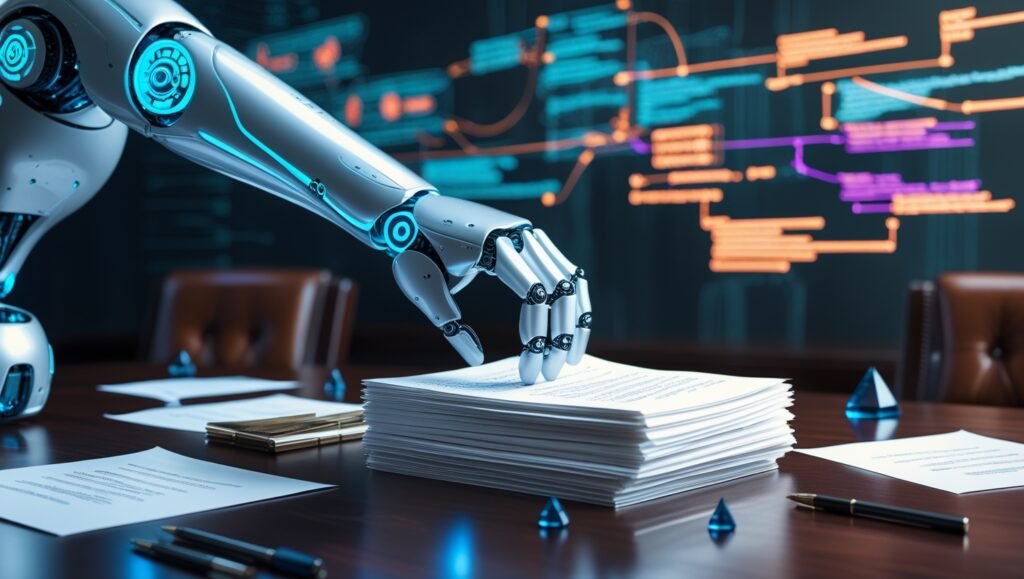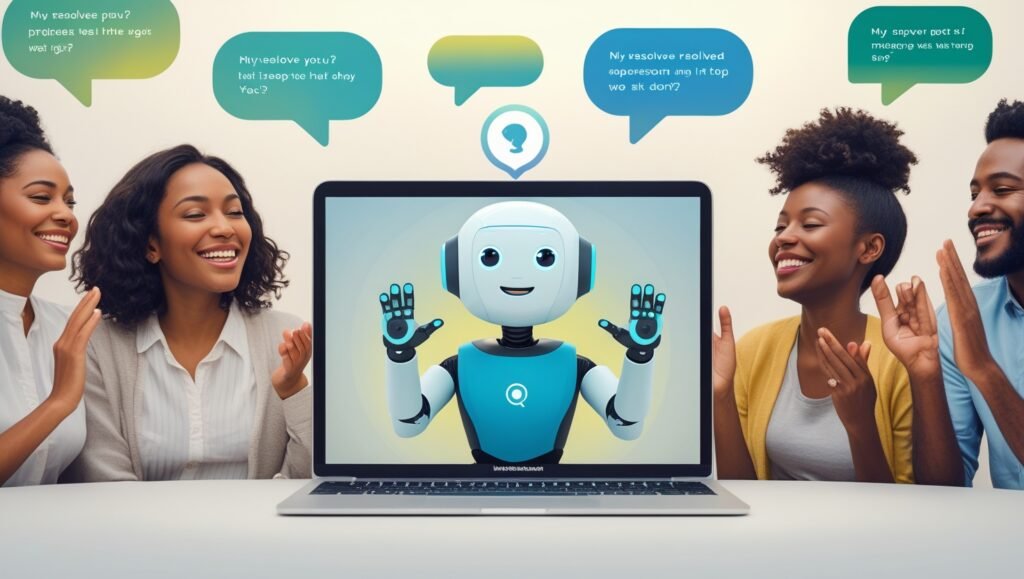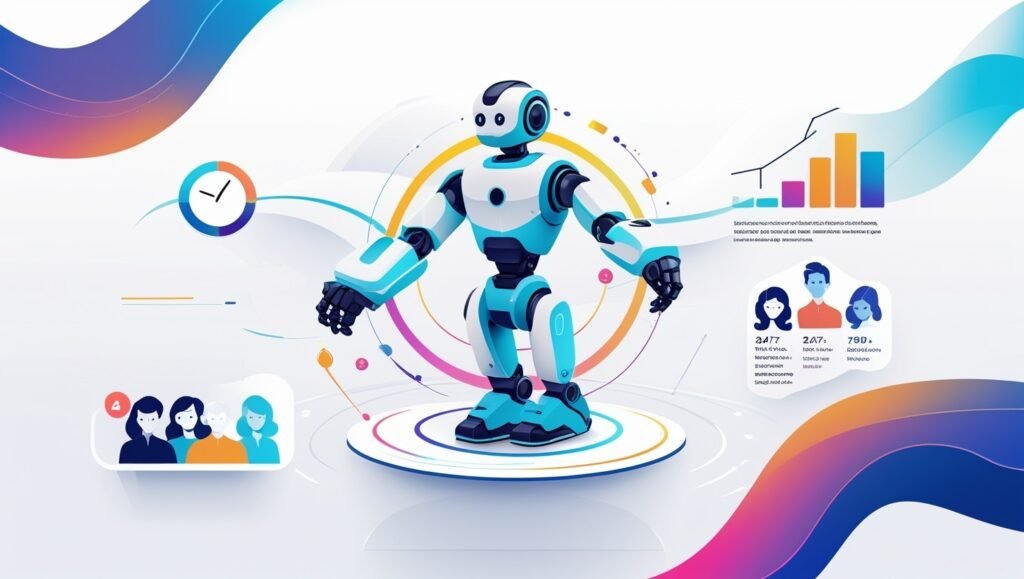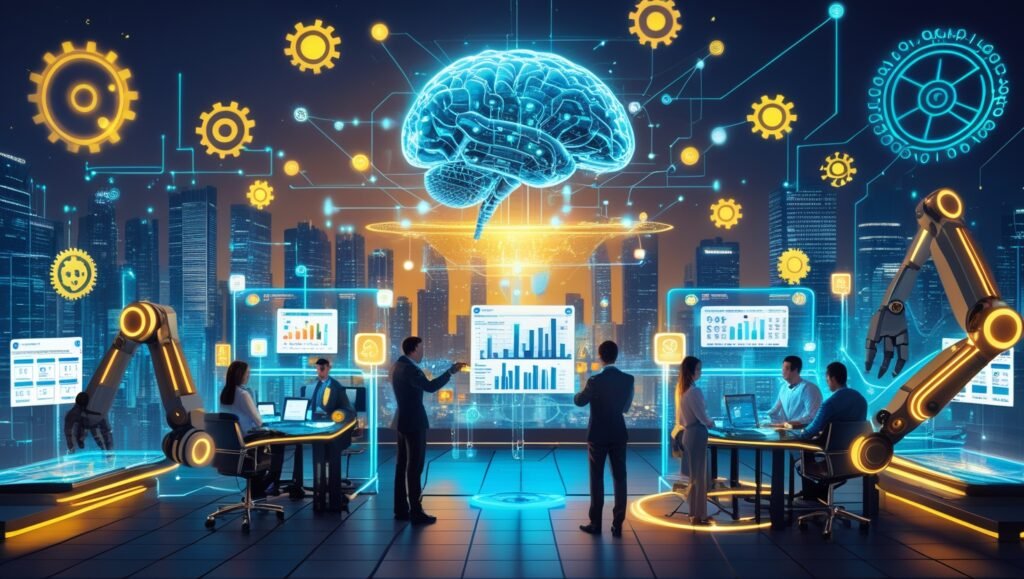Introduction: The Evolution of AI Automation
We are experiencing a profound change in how people and businesses function in the digital world. AI automation is one of the most important driving forces integrating artificial intelligence with automated workflows. It is designed to carry out multitasking while minimizing manual input and optimization. Automated tools are ingrained in everyday life, ranging from self-driving vehicles to chatbots servicing clients. These tools will continue changing industries, economies, and everyday life.
In this article we will analyze how automation is impacting workflow processes, discuss the tools driving AI automation, and predict the future of intelligent systems. If you are a tech enthusiast, or an entrepreneur, or a business leader, focusing on understanding these innovations will enable you to tap into their potential.
Let’s look into the most critical aspects of AI’s role in automation.
Understanding the Role of AI in Automation
AI automation describes automated systems incorporating machine learning, natural language processing (NLP), and robotic process automation (RPA) which execute operations without requiring ongoing, direct supervision of a human being. Unlike prior forms of automation which worked based on stipulated rules, AI powered tools evolve, learn, and get smarter.
An example for clarification: A basic automated email responder sends pre-written replies, while an AI automation tool sends personalized responses and predicts follow-up questions. This makes it easier to manage AI powered systems with complex tasks that require deep learning such as supply chain optimization, fraud detection, and predictive maintenance.
Why Does This Matter?
- Scalability: Repetitive work that can be automated is done using AI automation, allows humans to focus on strategic planning.
- Accuracy: AI machine learning algorithms reduces the chances of human error during analysis and decision-making.
- Cost Efficiency: Profit margins increase due to lower labor costs and faster completion of work.
Now, let’s take a look at the top AI automation tools that are leading the market.
Top AI Automation Tools Transforming Industries
AI automation tools have been adopted by companies of all sizes to remain competitive, and these are the five innovative platforms:
Zapier (Workflow Automation)
Zapier’s AI tools will help users streamline repetitive tasks by appending them to applications like Slack, Gmail and Salesforce.

UiPath (Robotic Process Automation)
UiPath features RPA bots that function like human users, helping to process invoices, perform some HR functions, and data entry. The AI integration also enables it to process unstructured data such as handwritten documents.

ChatGPT (Customer Service Optimization)
ChatGPT by OpenAI supports chatbots that respond to user requests, compose emails, and write software code. Its Natural Language Processing (NLP) features allow for human-level interaction.

DataRobot (Predictive Analytics)
DataRobot handles the analysis of data, spotting patterns and predicting results for fields such as finance and health care automation.

MidJourney (Creative Automation)
This AI application creates marketing content, such as graphics, logos, and images, through text, transforming the way content is produced.

Now that we’ve covered these tools, let’s discuss their actual value.
The Value Offered Through Automation Using AI Tools

Using AI automation tools is not simply a fad; it’s an edge. Here’s precisely why:
Increased Efficiency:
Routine tasks such as data entry or report creation can be automated, so teams can devote more energy to new ideas.
Nonstop Functionality:
AI systems guarantee constant support and manufacturing processes, as they operate 24/7.
Better Insight Extraction:
AI-based tools like Tableau and Power BI analyze large sets of data, find patterns, and provide information that people overlook.
Automatically Achieved Personalized Marketing:
AI automation is utilized by e-commerce sites to make product recommendations based on user actions, which increases sales.
Despite the benefits, the implementation of these tools poses some difficulties.
Ethics and Challenges Concerning AI Automation

Even though there are numerous advantages with AI automation, it is quite concerning due to the following, issues:
- Job Loss:
Automating tasks in customer service and manufacturing can result to a shift in the employees which will lead to a need for new programs to teach new skills.
- Algorithmic Bias:
AI systems that were trained on biased data can discriminate and hence these tendencies need to be filtered through well-defined checks.
- Cybersecurity Concerns:
Centralized AI tends to be more vulnerable cyber warfare attack hence there is a need for stringent system encryption and limitation to access control.
4. Transparency Issues:
Accountability is also complex for non-transparent AI systems as they are referred to as “Black Box” AI models due to their capability of making decisions autonomously without explainability.
Nonetheless, there appear to be solutions for almost every challenge automation AI offer.
Conclusion: Adapting to AI Automation for Continuous Improvement
AI automation is not a futuristic dream – it is vividly transforming every single aspect of work, innovation, and creativity. With the use of tools like UiPath, ChatGPT, and DataRobot, businesses can proactively deal with ethical issues while attaining scalability, precision, and reduced expenses.
Tackling the problem in small steps is often the most effective approach: automated mundane tasks, reskill personnel, and slowly increase the percentage of AI usage. It is imperative to remain proactive as technology changes, to effectively reap the benefits of AI automation in wealth creation, productivity, and success.







